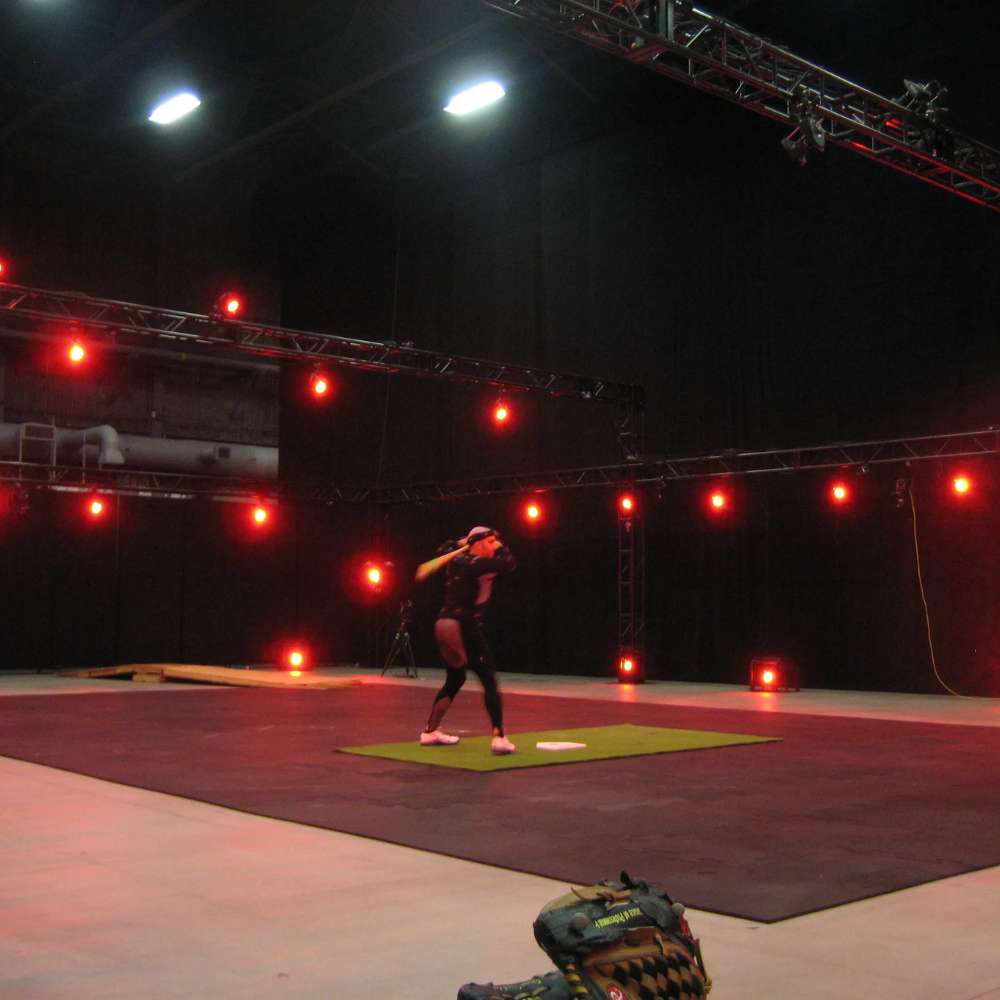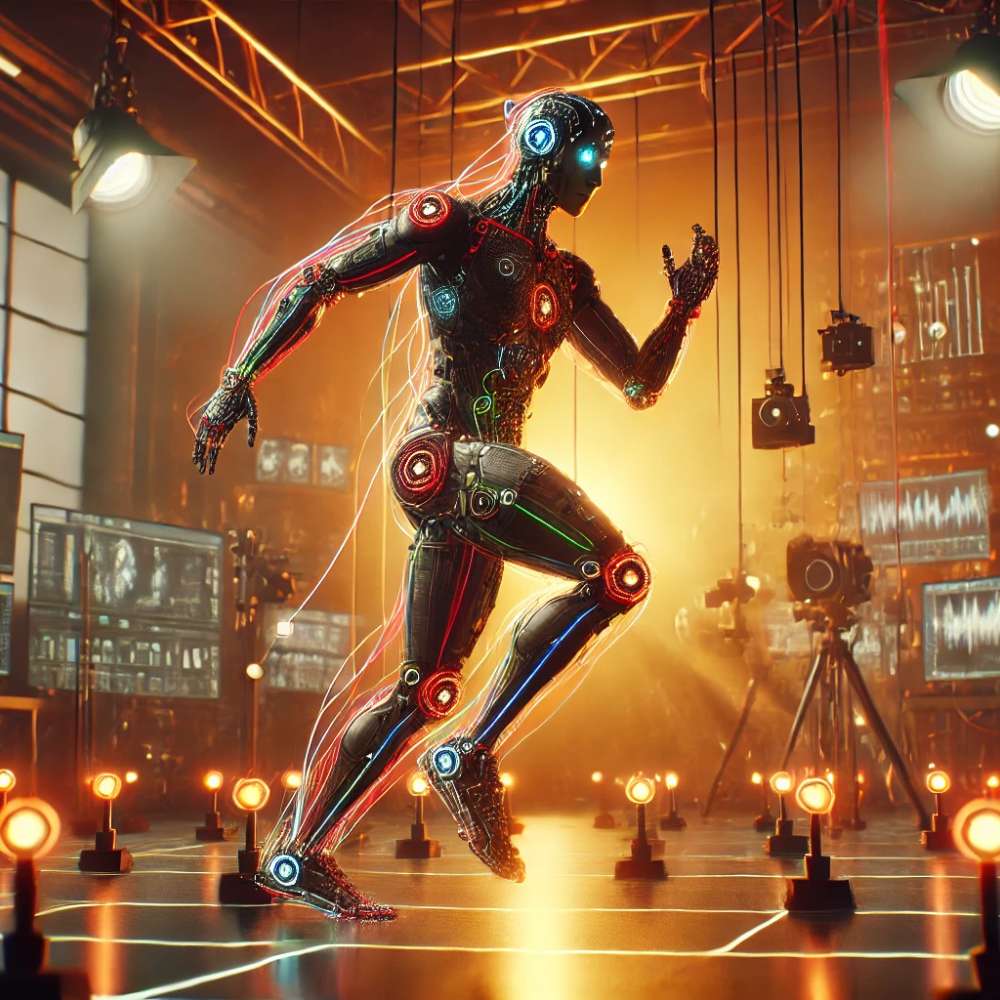Remember the iconic characters from inspiring films like Avatar and The Lord of the Rings and the digital world in The Matrix? Those characters and worlds look so real that we even think that they exist. All of this inspiring work is done with the help of Motion tracking technologies and virtual reality (VR). The massive evolution of technology has surely changed the outlook of many industries. The development of motion-tracking technology has had a significant amount of impact on industries like entertainment and health.
In this article, we will understand the concept of motion-tracking, Motion tracking technologies, and their influence on the present-day digital world.
What are Motion-Tracking and Motion Trackers?
Motion-tracking is the process of capturing the movements of an entity, person, or object into a digital platform or a computer program. Motion tracking is done with the help of motion trackers that use sensors and software to capture the movements of objects in three-dimensional space. These trackers are used to locate objects and people and track their direction of movement.
Motion tracking has become widely popular in recent times. It plays a crucial role in designing 3-D animation models, developing characters for games and films, and medical applications.
Types of Motion Tracking Technologies
Several types of applications can be used for motion tracking. Some of the types of motion-tracking techniques are as follows:
1. Optical Motion Tracking

Optical motion tracking, also known as marker-based tracking, is a method that uses cameras to track the movement of an object or entity. The movement of the objects is tracked by marking them with track points or by light. Camera sensors will use light or markers to capture the 3-dimensional movement of the objects. Most of the tracking process is done with the help of passive markers. There are two types of markers- passive and reflective. Passive markers use the bounce light emitting from LEDs circled on the camera lens to capture. Reflective markers use LEDs that produce their light. These markers are placed on the specific parts of the object, and the camera sensors collect the data.
2. Inertial Motion Tracking
This is one of the most common Motion tracking technologies used in the tech world. The inertial motion tracking method is highly influenced by inertial force- to capture physical movements and changes of an entity based on its resistance. This technology uses inertial measurement units (IMUs). IMUs are sensors strapped to the bodies of objects to capture their acceleration in the 3-dimensional world. The collected data is transitioned into an animated output. This method is widely used to develop CGI models in games and films.
3. Magnetic Motion Tracking

The magnetic motion tracking method uses magnetic sensors and field generators to track the movement of an object. These are wearables, like IMUs, strapped to the object to generate the magnetic field around the marked positions. The collected data is sent to a digital platform to create a 3-dimensional image based on the object’s movements. Magnetic motion tracking technologies can function without the need for expensive camera setups. They have been effectively used in virtual reality (VR) technologies and can be used in specific applications.
4. AI-based Motion Tracking
The evolution of artificial intelligence (AI) has improved the efficiency and productivity of many industries. Industries have been harnessing the power of AI to invent and design new products. Motion tracking technologies use artificial intelligence and machine learning techniques to capture and improve the motion-tracking process. AI-based motion tracking has the ability to analyze and predict movements with high accuracy. The data is collected with the help of cameras and sensors and processed by AI to give a realistic animated image. They are highly efficient, can adapt to different environments, and reduce the need for camera setups and physical markers.
Applications of Motion Tracking Technology
Motion tracking technologies have a wide range of applications across various industries.
Some of the key industries using this technology are:
- Entertainment Industry: Motion tracking technologies are widely used in this sector. Given the expansion of the scale of films with larger-than-life characters, motion tracking tech is used to design and develop characters. For example, the character Gollum was portrayed by the actor Andy Serkis, and he was equipped with the IMUs to track his movements along with his voice recordings, which brought the character to life. Motion tracking is also used in gaming to develop the characters.
- Healthcare and Sports: Motion tracking technology is used in the healthcare sector to assess, monitor, and diagnose patients with injuries. During the surgical procedures, motion tracking analyzes the wounds and guides the instruments to improve the accuracy of the procedures. Motion tracking is used in the field of sports to analyze an athlete’s movements and provide insights for improvement.
- Military and Security: Motion tracking technologies are used in the military to design advanced weapons and to improve training programs. Motion sensors like Passiv Infrared (PIR) and Pan-tilt-zoom (PTZ) are used in security cameras to detect the radiation and movements of intruders.
Pros and Cons

| Pros | Cons |
| These can recreate more realistic and complex movements of the objects accurately. | Any kind of distortion can affect the camera’s visual field and the captured data. |
| They showcase a profound efficiency and speed in creating characters for games and films, unlike traditional animation techniques. | Specific software and hardware are required to process the collected data. |
| Performs various versatile functions and is used across industries. In filmmaking, motion tech uses IMUs to capture the movements of the actors. | The output is exceptional, but the actors are often required to wear suits with attached markers, which can be heavy sometimes. |
| The main advantage of these technologies is the consistency of the data. | Motion tracking technology requires extensive post-processing techniques to ensure the accuracy of the data. |
Conclusion
Remember the times when portraying a fantasy character in a film was challenging? These constraints can be easily achieved these days. It is done with the help of Motion tracking technologies. They have changed the outlook of many leading industries. From developing characters in films to designing medical equipment, motion tracking technology has had a significant role in improving productivity and viewer experience.






